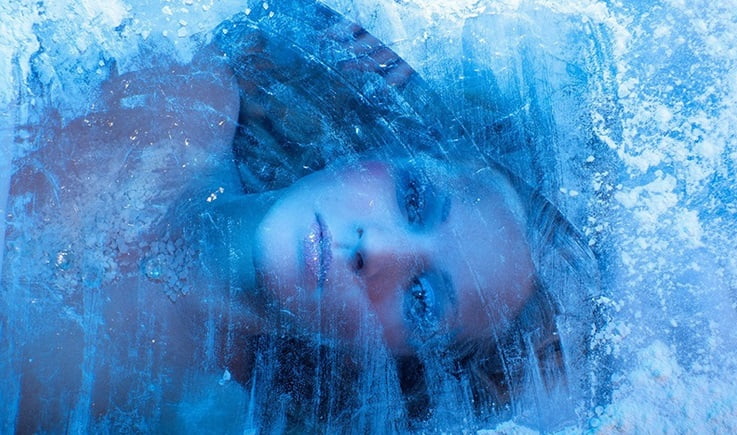
Scientists are trying to understand how a person could survive after the freeze
(ORDO NEWS) — Researchers are studying a case that occurred several decades ago in Minnesota. The young girl survived, lying unconscious for several hours at a temperature of -30 degrees Celsius. The portal Sciencealert writes about the study of this phenomenon.
Wally Nelson, who discovered the body, said the girl was “as cold as a board”.
“I thought she was dead. She froze harder than a board, but then I saw liquid flowing out of her nose, ”says the man.
According to the researchers, the life of the girl was saved thanks to the competent actions of her savior. Otherwise, her death would have replenished the statistics on death as a result of hypothermia.
Doctors emphasize that the stories of people who survived despite hypothermia are not uncommon. According to them, death is most often caused by incorrect attempts to warm a person who is cold.
From a scientific point of view, extreme hypothermia does not mean death, but if used correctly, it becomes part of various types of treatment.
Controlled hypothermia reduces metabolism and reduces the body’s need for oxygen. In certain circumstances, doctors use extreme cooling of patients, for example, in order to lower the pulse for a certain time.
However, scientists still consider the case in Minnesota unusual. The girl’s body temperature was about 27 degrees Celsius, her eyes and skin hardened. Moreover, the doctors did not even manage to pierce the skin with an injection needle.
However, doctors managed to warm the girl with the help of heating pads for several hours. A few hours later, she woke up and was discharged from the clinic the same day. Her only injury was blisters from a cold burn on her toes.
One of the main reasons why hypothermia is dangerous to human life is the property of water to expand when it freezes. The liquid contents of the cells of the body, freezing, breaks the cell membranes. Even a few crystals in the tissues of the body lead to cell rupture and frostbite. In severe cases, this leads to tissue necrosis.
However, a huge number of animals on the planet have adapted to ultra-low temperatures, despite the fact that the expanding contents of the body’s cells threaten the death of the body.
For example, deep-sea Antarctic blackfin icefish produce glycoproteins as a kind of natural antifreeze. And the tree frog turns the contents of its cells into syrup, filling its body with glucose, thus resisting freezing.
However, in the case of the frozen in Minnesota, it is unlikely that something similar took place. Doctors agree that the perception of a person is subjective, and the fact that the girl’s savior considered her body to be frozen “like a board” does not mean that the living tissues are frozen through and through.
Doctors emphasize that hardened skin is one of the signs of extreme hypothermia. However, at the same time, the girl’s body did not cool down to a temperature that would cause irreversible damage to her health and life.
In addition, in extreme situations, the brain stops the flow of blood to the limbs, since keeping the internal organs warm and vital is much more important for survival.
However, the researchers note that the girl from Minnesota was surprisingly lucky not only to stay alive, but also to stay healthy. And the information doctors got from studying her case allowed them to learn a little more about the body’s unusual ability to survive.
—
Online:
Contact us: [email protected]
Our Standards, Terms of Use: Standard Terms And Conditions.









